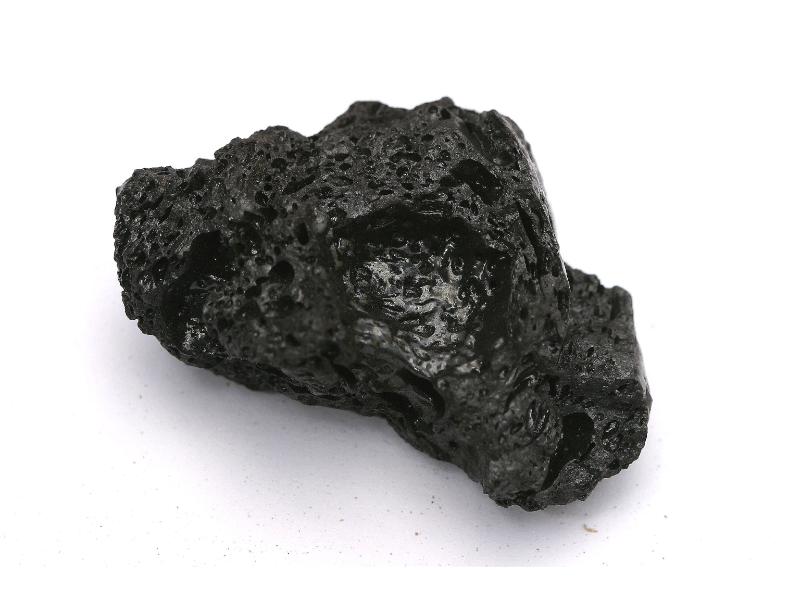Search in medicinals
Aloe
Aloe
芦荟 〔蘆薈〕 lú huì

Alternate Chinese names: 讷会 nà huì; 卢会 lú huì
Kingdom: Plant
Origin in PRC Pharmacopoeia: Aloe ferox Mill.; Aloe barbadensis Miller [= Aloe vera L. var. chinensis (Haw.) Berger; Aloe vera L.] (PRC Pharmacopoeia)
Origin in unofficial sources: Aloe ferox Mill.*; Aloe barbadensis Mill.;* Aloe vera L. var. chinensis (Haw.) Berger; Aloe vera L.
Use: Medicinal
Category: Draining-precipitation agents / Offensive precipitant agents
Properties: Bitter; cold.
Channel entry: Liver, large intestine channels.
Actions and indications:
- Drains and precipitates: Heat bind constipation.
- Clears the liver: Liver channel repletion fire.
- Kills worms: Child gān accumulation.
- Additional uses: The worm-killing effect of lú huì is used in the treatment of skin conditions such as lichen and
sore s. For this, it is applied externally.
Dosage and method: Oral: 1–2g per dose in pills and powders. Also used externally.
Warnings: Contraindicated in pregnancy and in spleen-stomach vacuity with reduced food intake and sloppy stool.
Notes: This product is the concentrated latex from medicinal aloe, which is completely different than the Aloe vera gel used widely in the West.
Product description: Aloe is the dried concentrated juice of aloe leaves. Tòu míng lú huì (透明芦荟 Aloe Lucida , lucid aloe), made from Aloe ferox, is a dark reddish-brown or black mass, occasionally coated with a yellow powder. Its broken edges are smooth as glass. Gān sè lú huì (肝色芦荟 Aloe Hepatica , liver-colored aloe), made from Aloe barbadensis, is a non-translucent black mass, whose fractures appear like wax.
Quality: Strong flavor and absence of impurities are signs of good quality.
Production area: Aloe ferox: Southern Africa. Aloe barbadensis: Guǎngdōng, Guǎngxī, Fújiàn, Sìchuān.
Etymology: The name lú huì 芦荟 is explained (by the homophones 卢会) as meaning black concentrate
and hence describes the form of this agent.